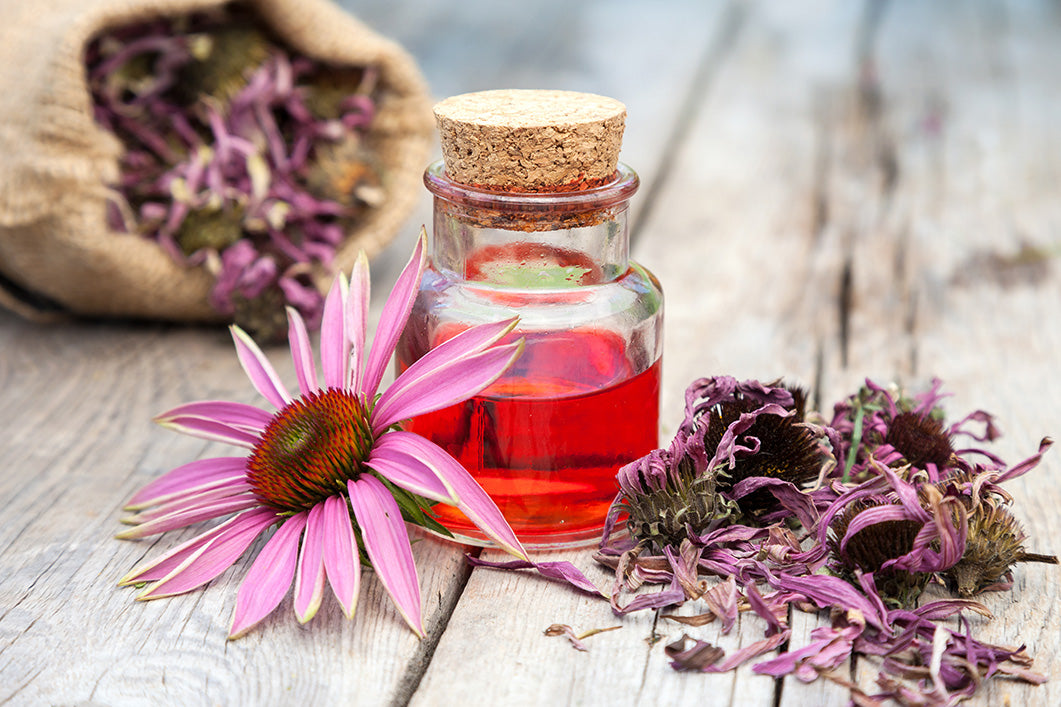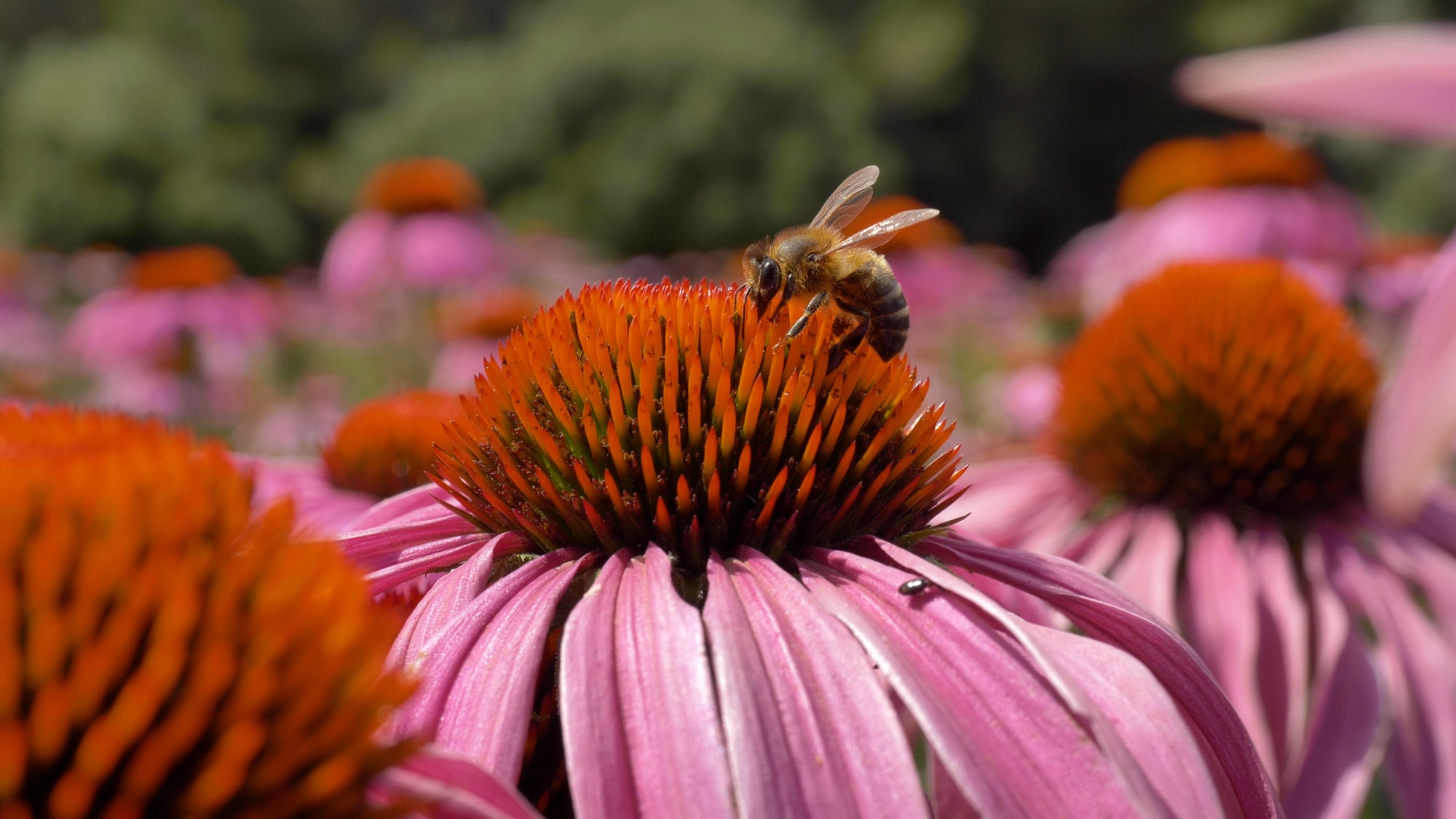
Echinacea Purpurea - support for the immune system
Echinacea (also known as red coneflower) was originally native to North America, but has spread to many parts of the world for its medicinal properties. Today, Echinacea purpurea is a recognized and well researched medicinal plant. It is often used in the form of dietary supplements, herbal teas, tinctures and ointments, and is popular in many countries as a traditional herbal remedy.
Echinacea - The power of nature to strengthen the immune system
Echinacea, also known as the red coneflower, is a widely used medicinal plant that has been used in traditional medicine for centuries. It is especially known for its immune-stimulating properties and is often used to prevent and treat colds, flu and other infections.

A rich history as a panacea and immune system booster
The use of Echinacea purpurea goes far back into the history of the indigenous peoples of North America. The Plains Indians, including the Lakota, Cheyenne and Dakota, used the root of Echinacea purpurea as a remedy for various ailments. They used it to treat wounds, snakebites, insect bites, and to strengthen the immune system. Echinacea purpurea was an important medicinal plant for Native Americans and was considered a panacea.
In the late 19th century, Echinacea purpurea was brought to Europe by Dr. H.C.F. Meyer, a German physician and researcher. He was fascinated by the medicinal properties of the plant and began using it in European herbal medicine. Soon Echinacea purpurea became popular throughout Europe and was used to treat infections, colds and other diseases.
In the 1930s, Canadian physician and naturopath Dr. John Uri Lloyd conducted extensive studies on Echinacea purpurea and published several scientific articles on its medicinal properties. His research contributed to the growing popularity of Echinacea purpurea in North America, particularly in the United States, where it is used as an herbal remedy to strengthen the immune system and treat colds and other respiratory infections.
In the 1980s, Echinacea purpurea continued to gain popularity as studies were published on its immune-stimulating properties. It was reported that Echinacea purpurea could increase immune system activity and reduce symptoms of respiratory infections. This led to an increase in demand for Echinacea purpurea as a dietary supplement and herbal remedy.

Natural remedies to strengthen the immune system and relieve respiratory infections
Echinacea purpurea is traditionally used as a medicine and is often used to strengthen the immune system and treat respiratory infections such as colds, flu-like symptoms, and other upper respiratory infections. There are also some reports of its use to relieve skin conditions such as eczema and to promote wound healing.
The active components of Echinacea purpurea responsible for its medicinal properties are polysaccharides, alkamides, flavonoids and essential oils. These compounds are believed to have anti-inflammatory, immunomodulatory and antioxidant properties that can help strengthen the immune system and reduce inflammation.
There are numerous scientific studies on the effectiveness of Echinacea purpurea. It is important to note that the quality and composition of Echinacea preparations can vary, which can lead to different results.
Echinacea purpurea is well tolerated and has few side effects. Occasional side effects may include allergic reactions, gastrointestinal discomfort or skin rashes. However, it is recommended that pregnant women, nursing women, children and people with certain pre-existing conditions consult a doctor before using Echinacea purpurea.
Products containing echinacea







